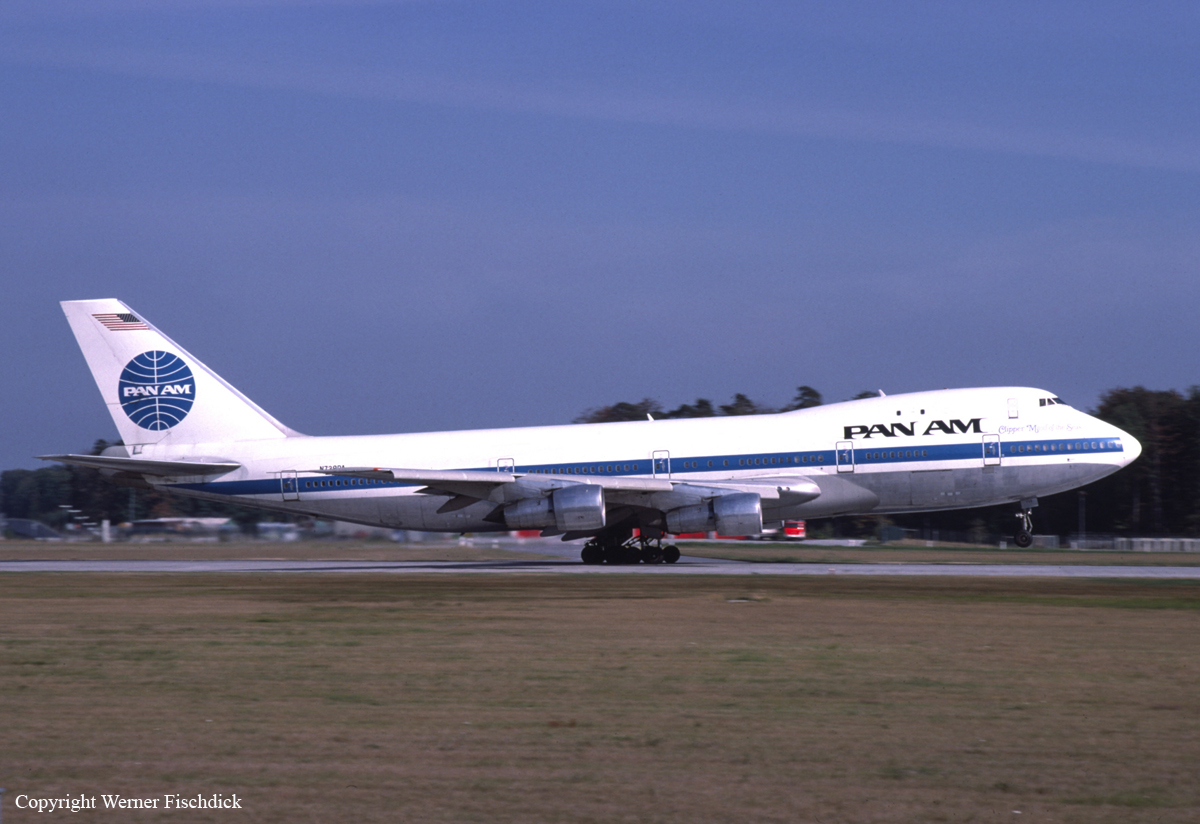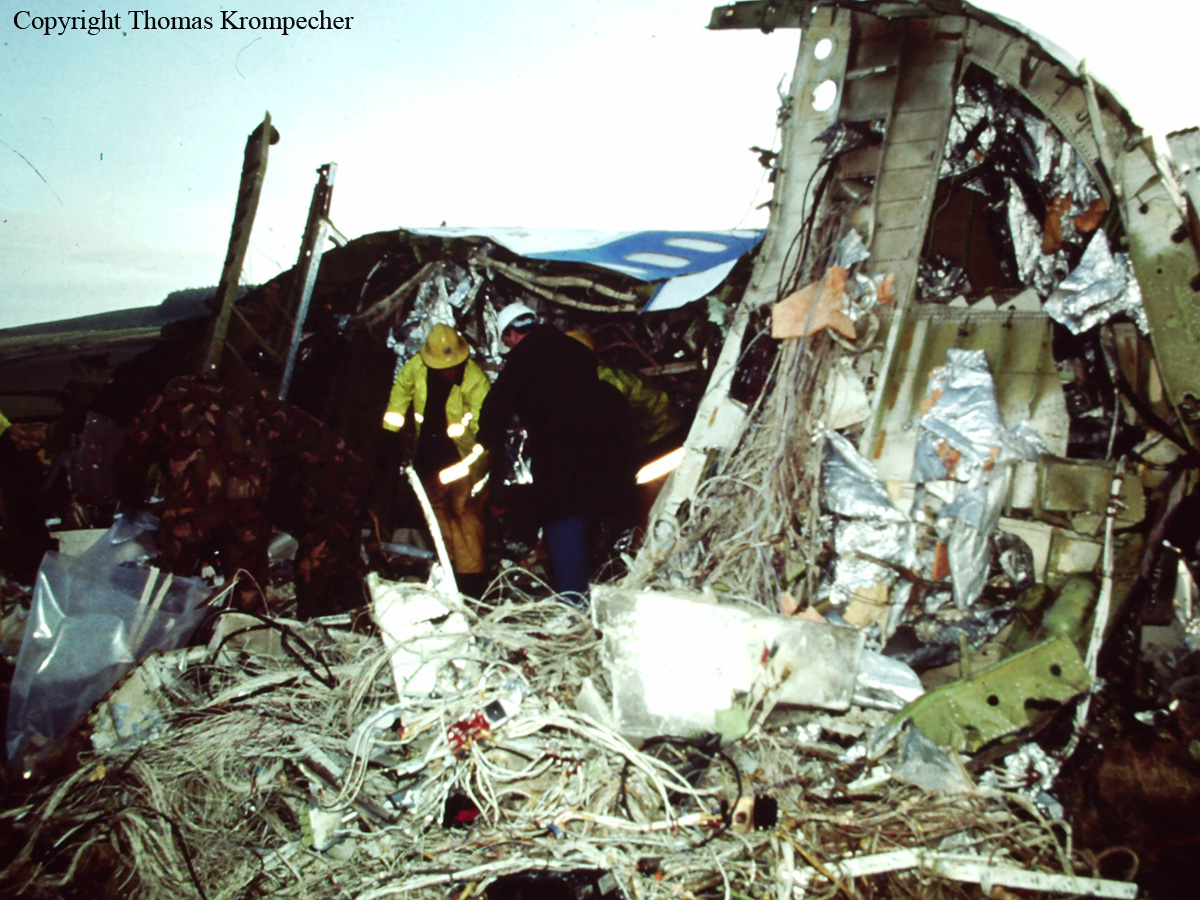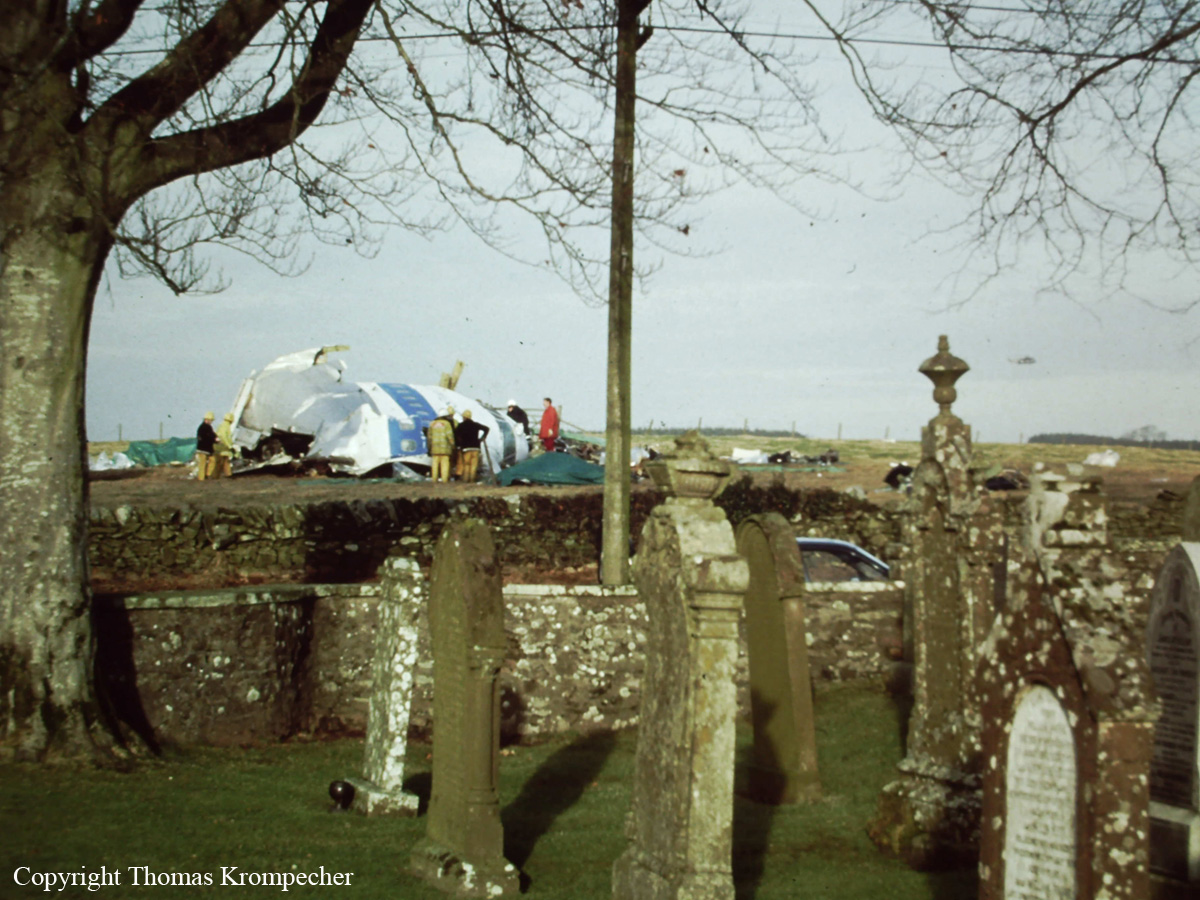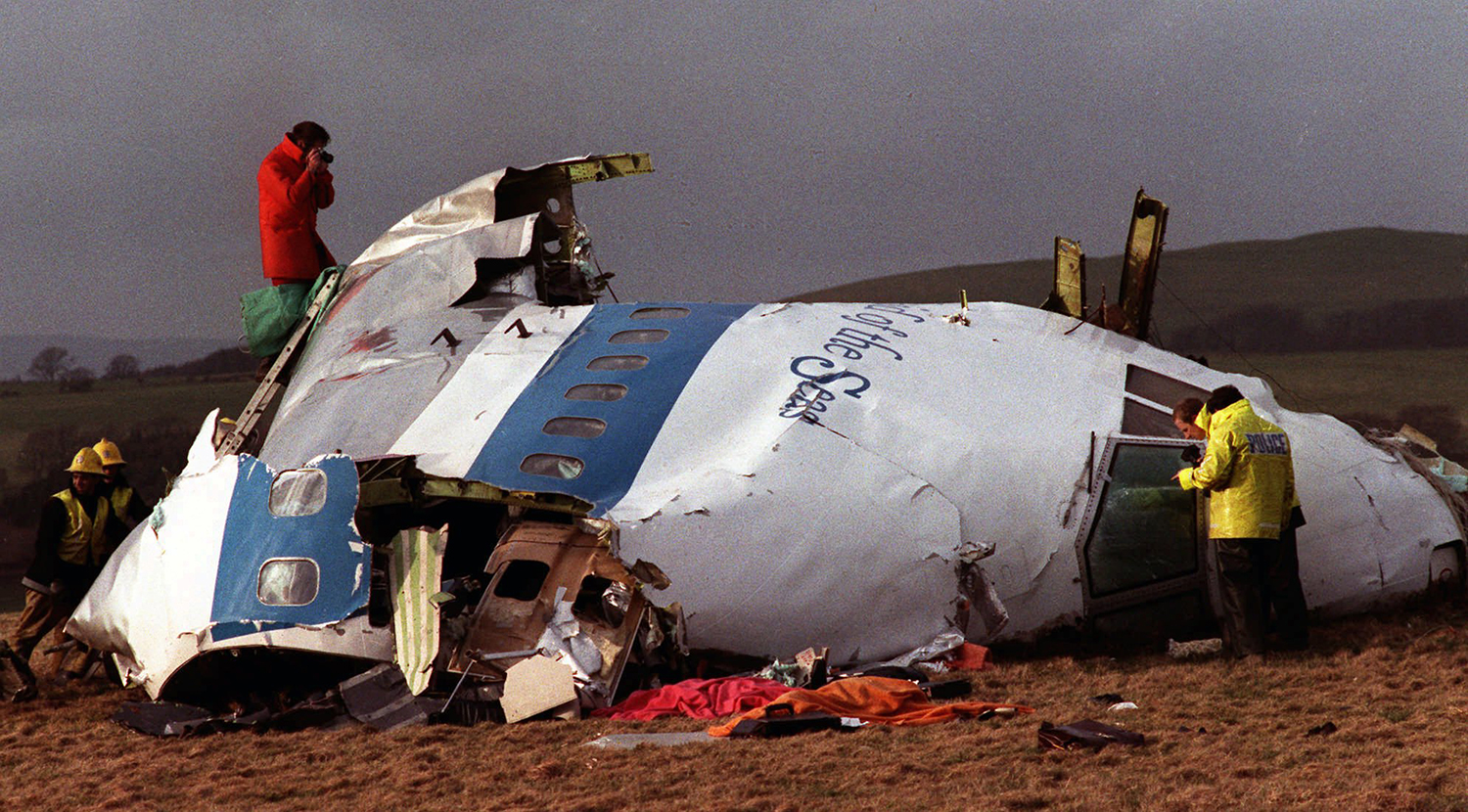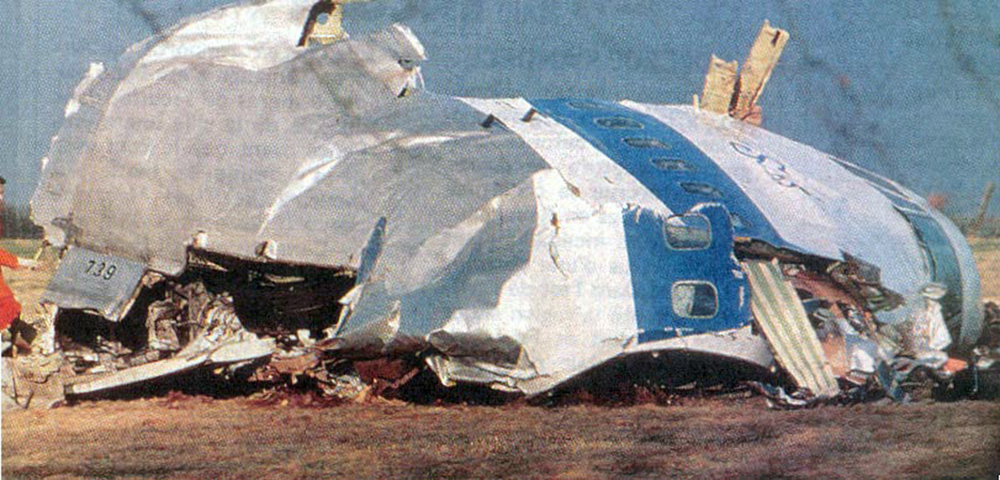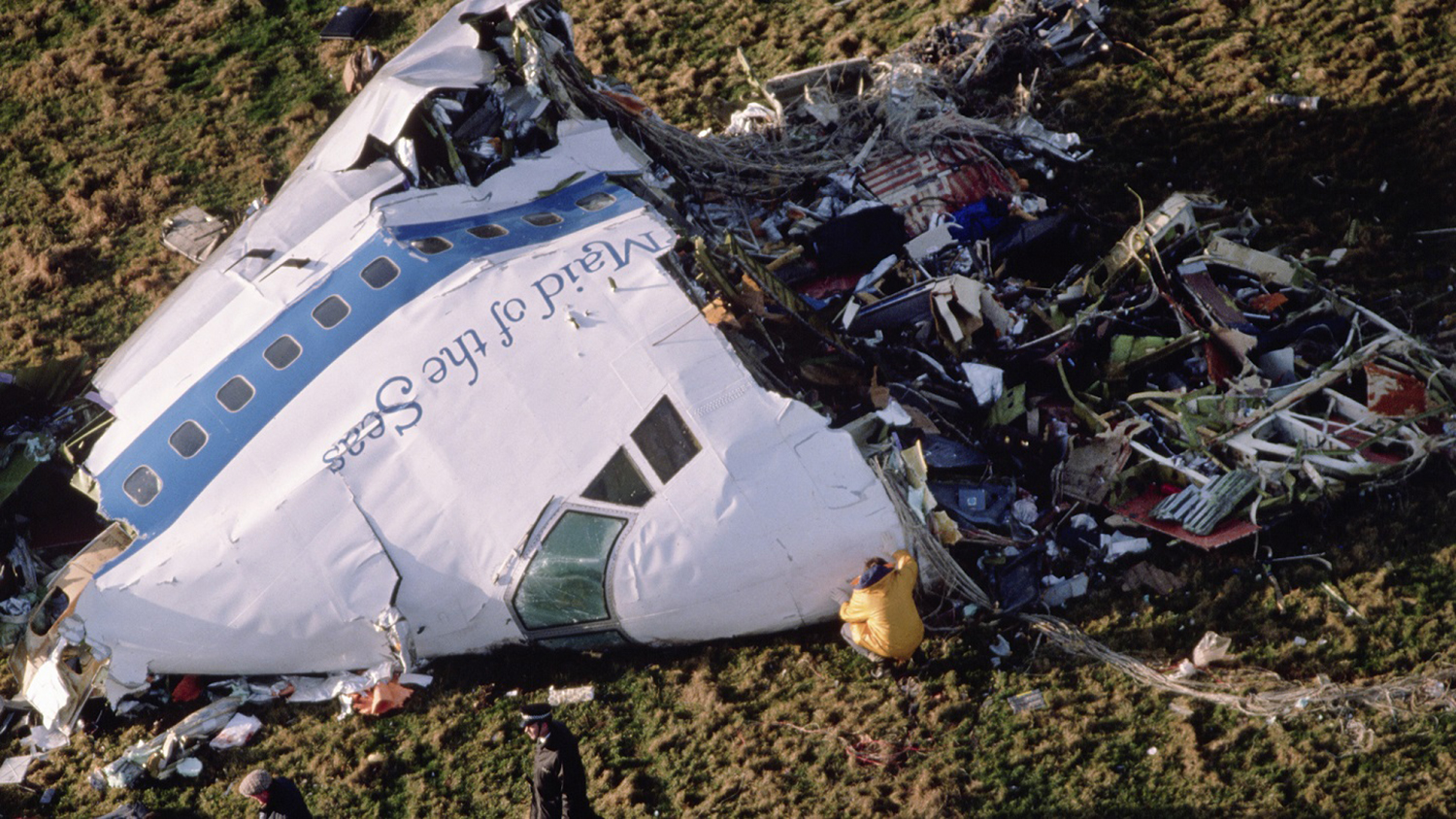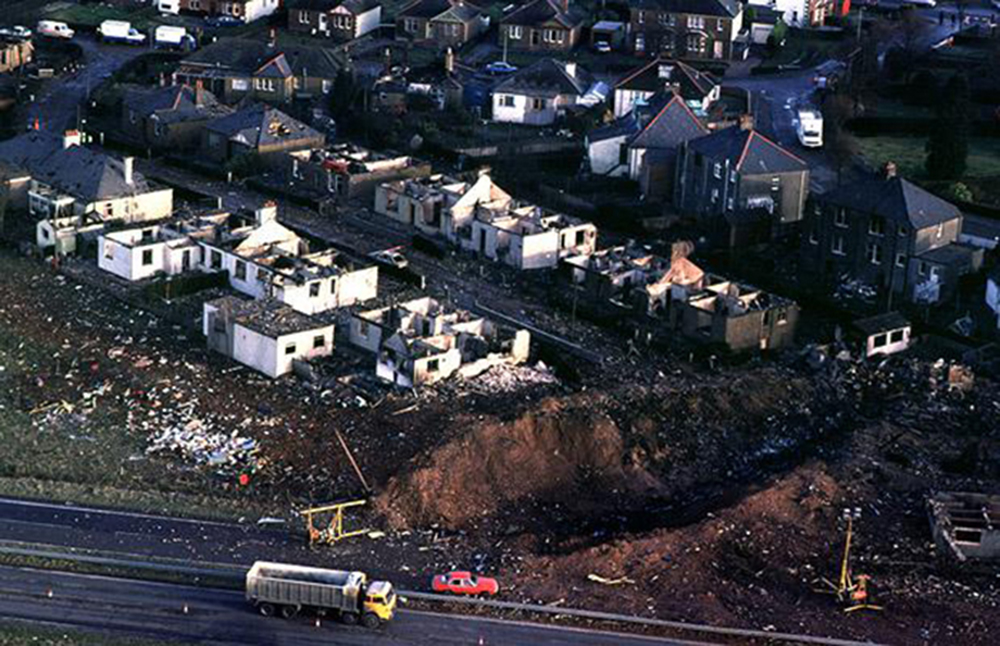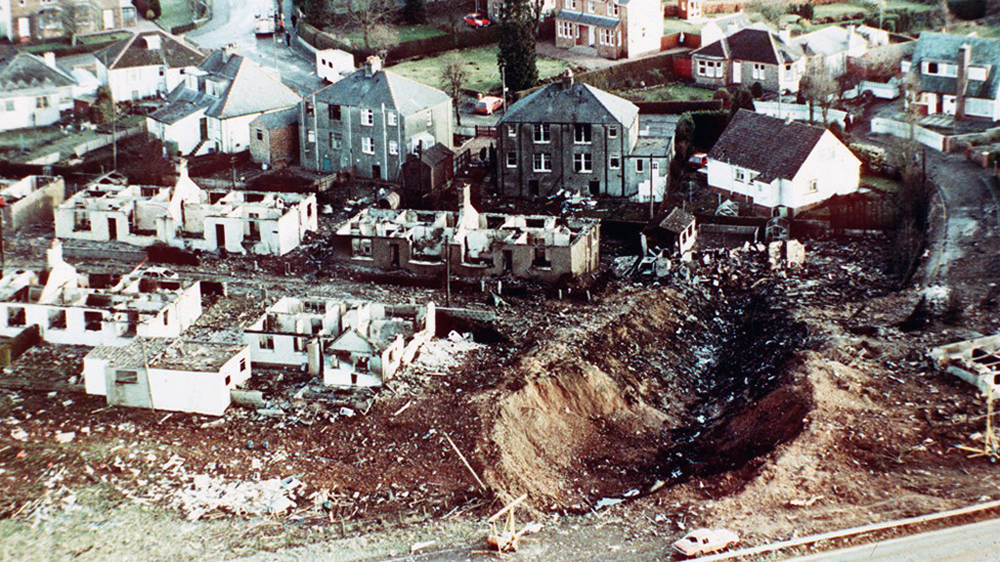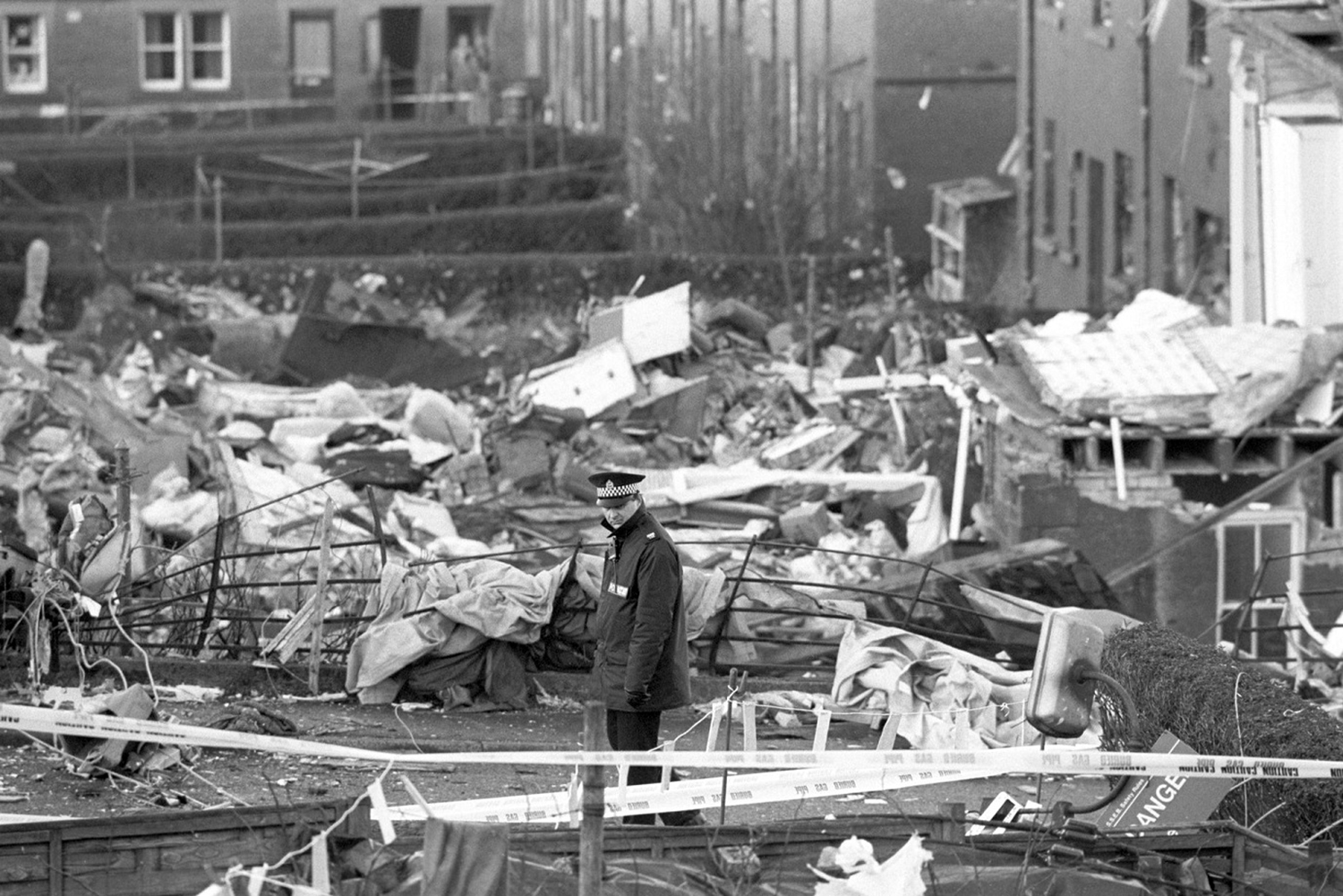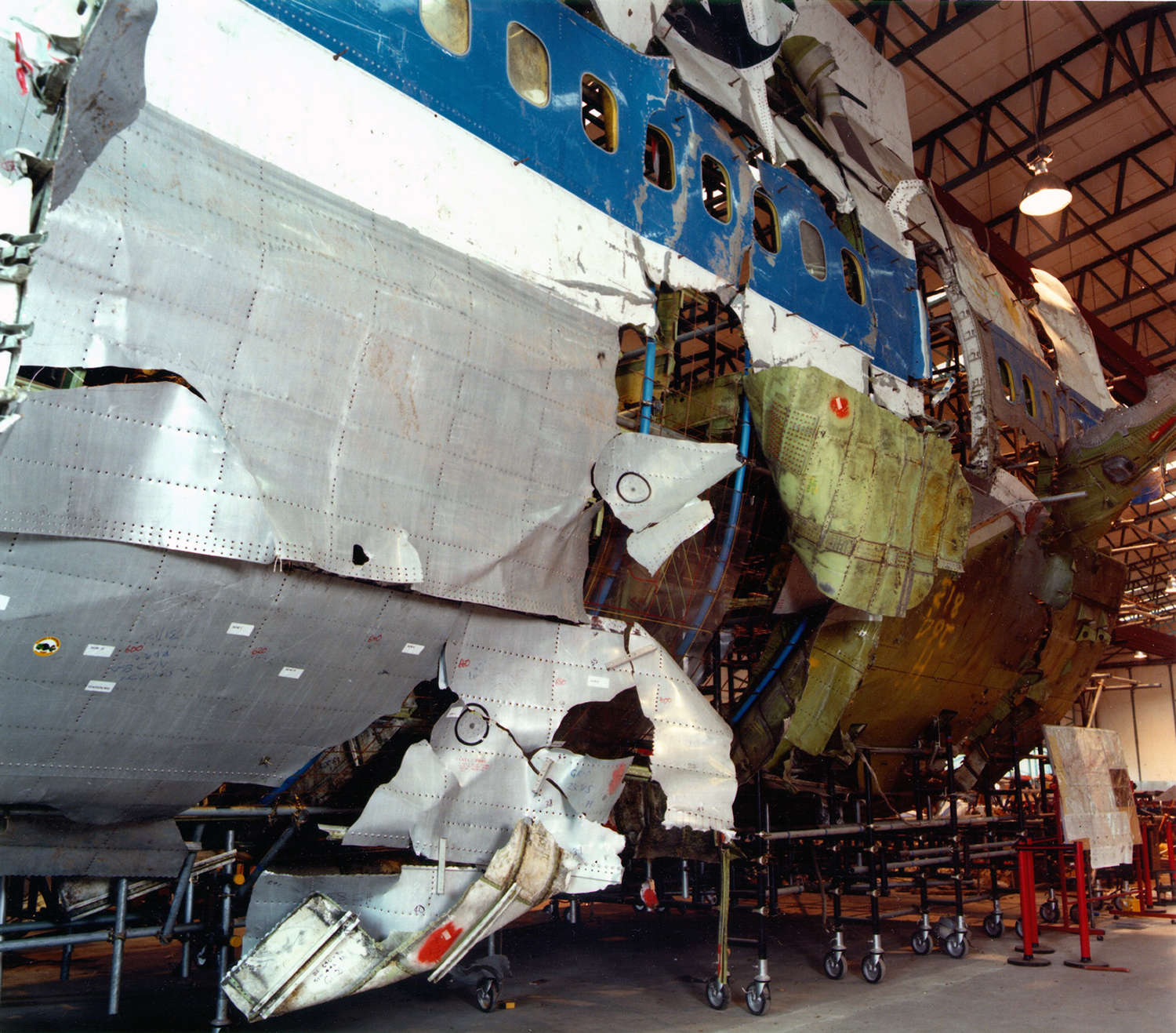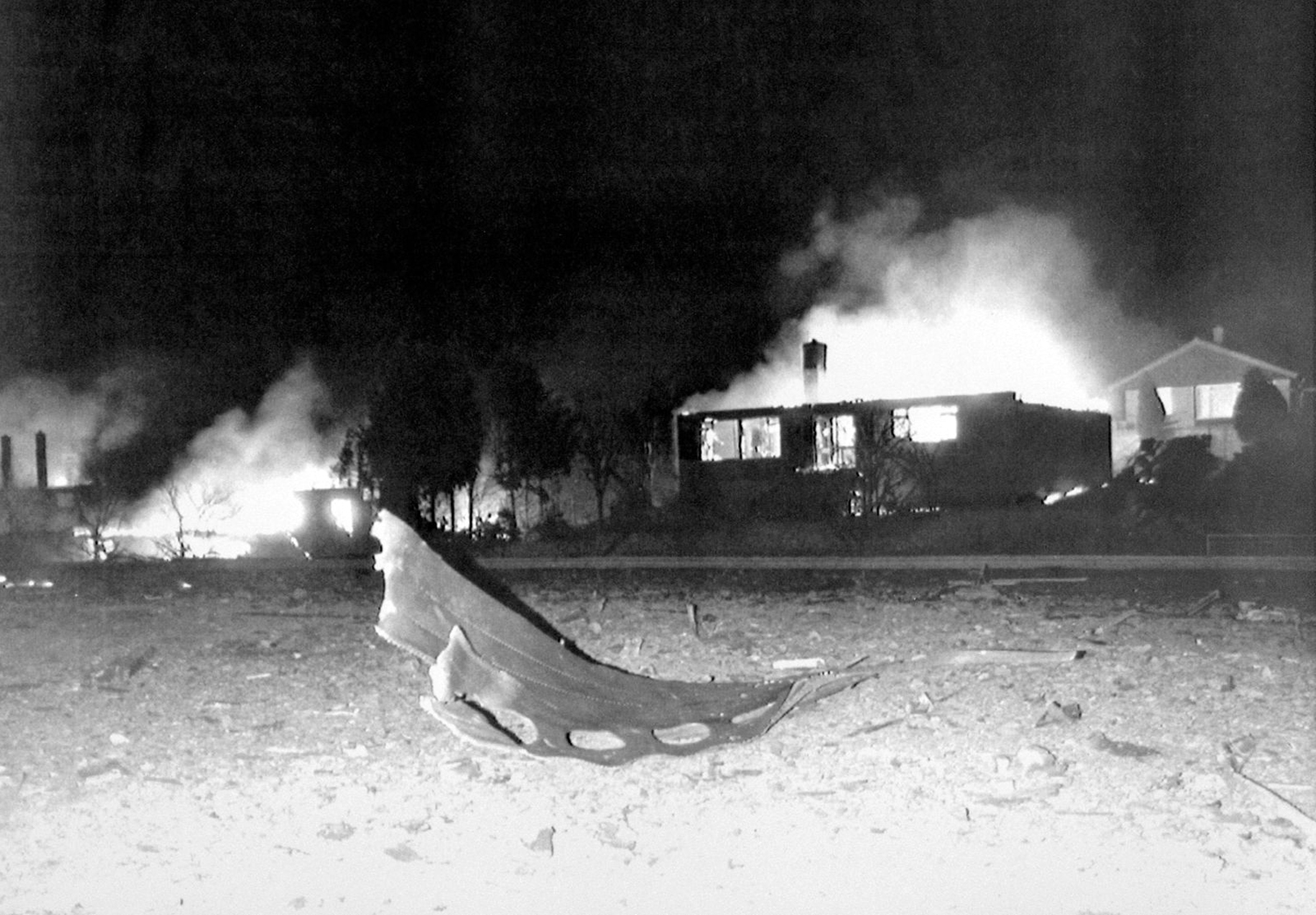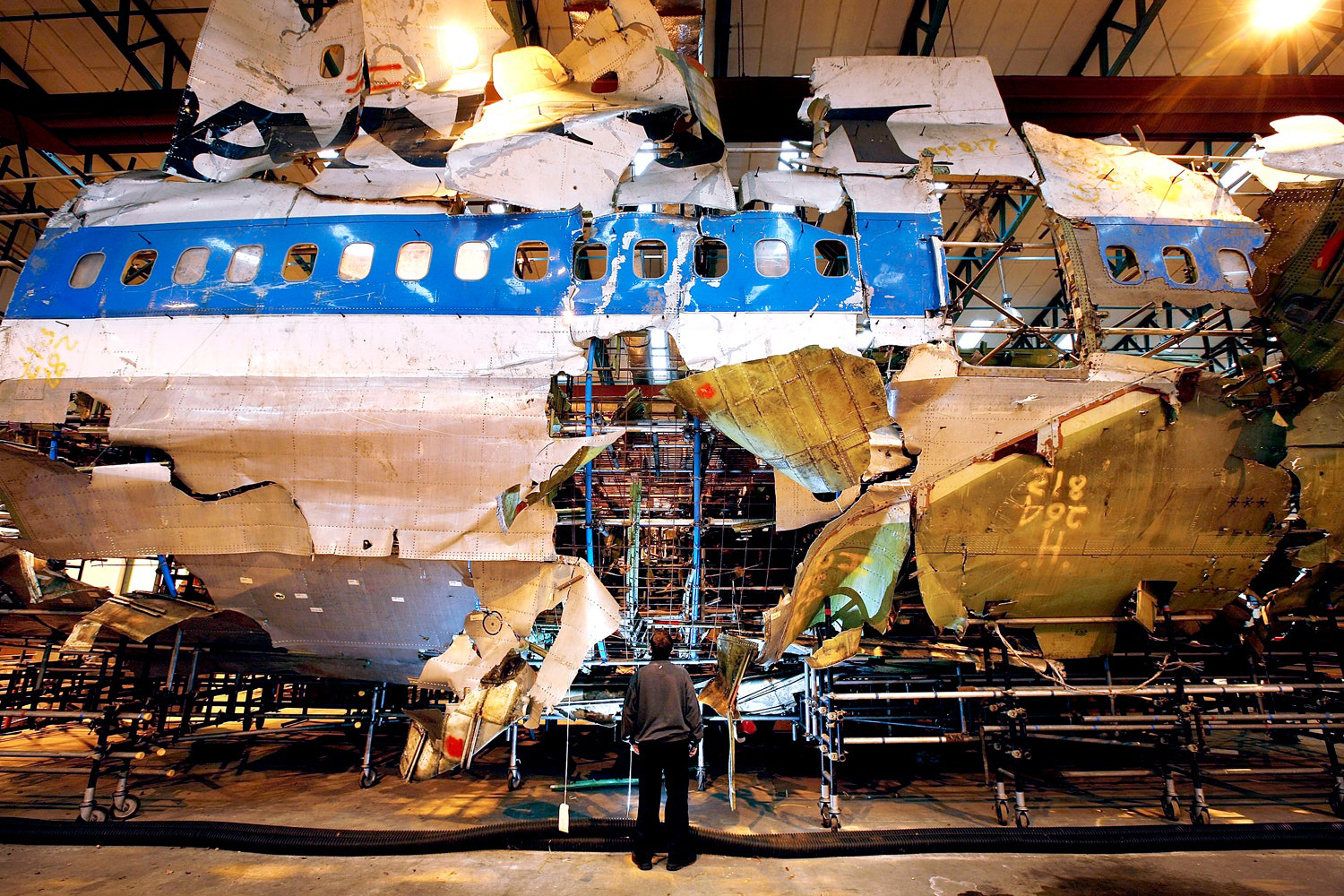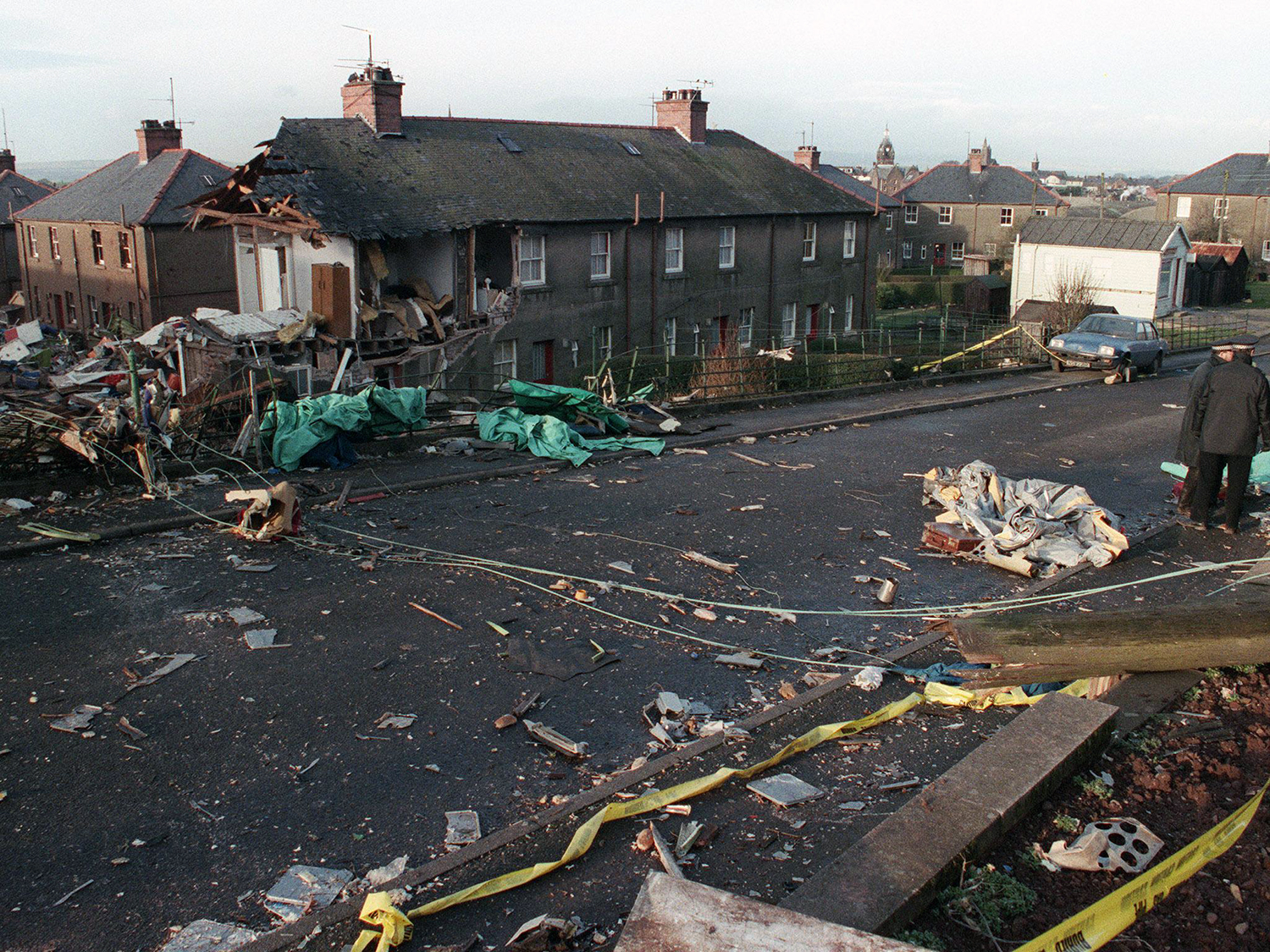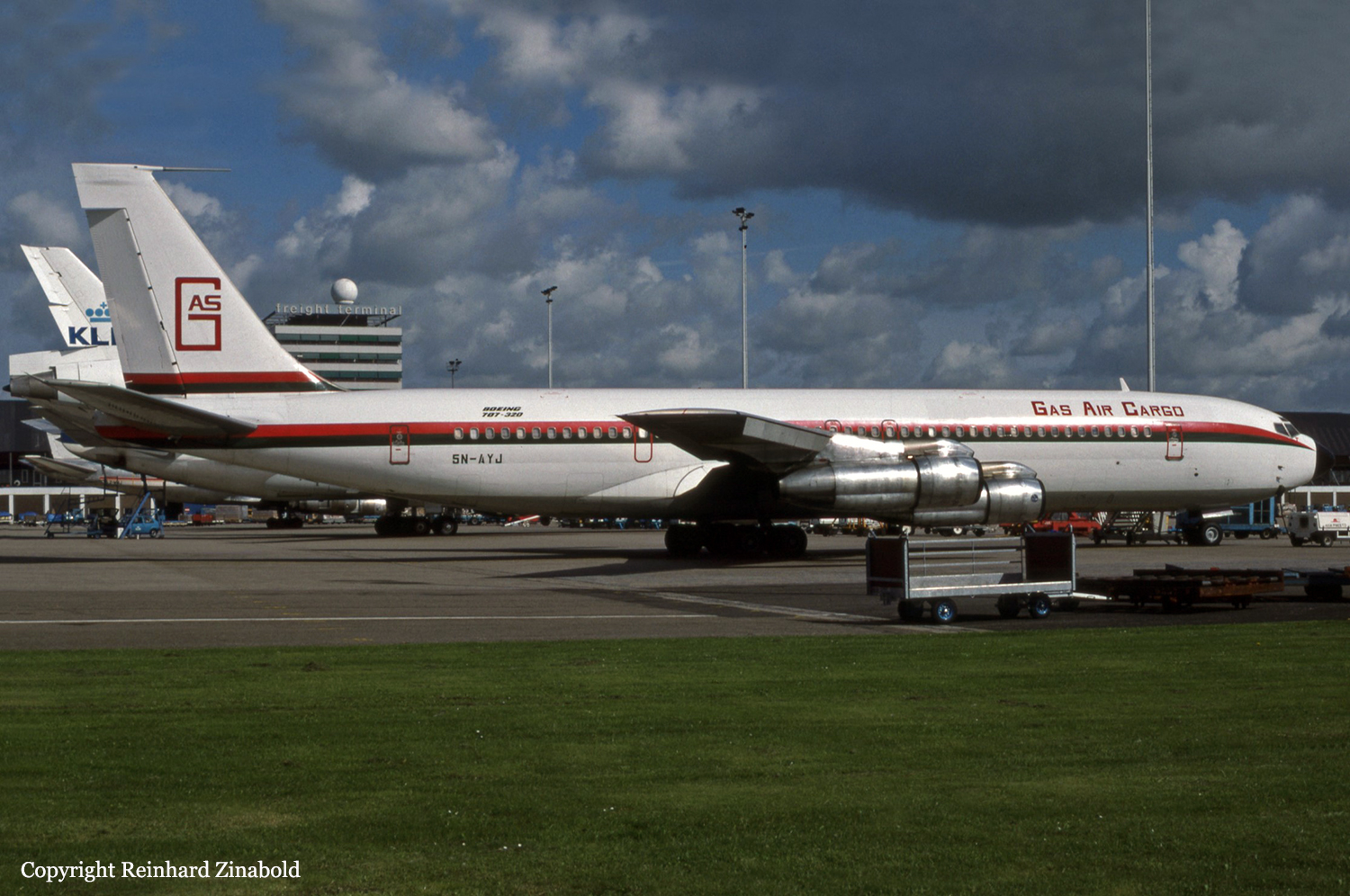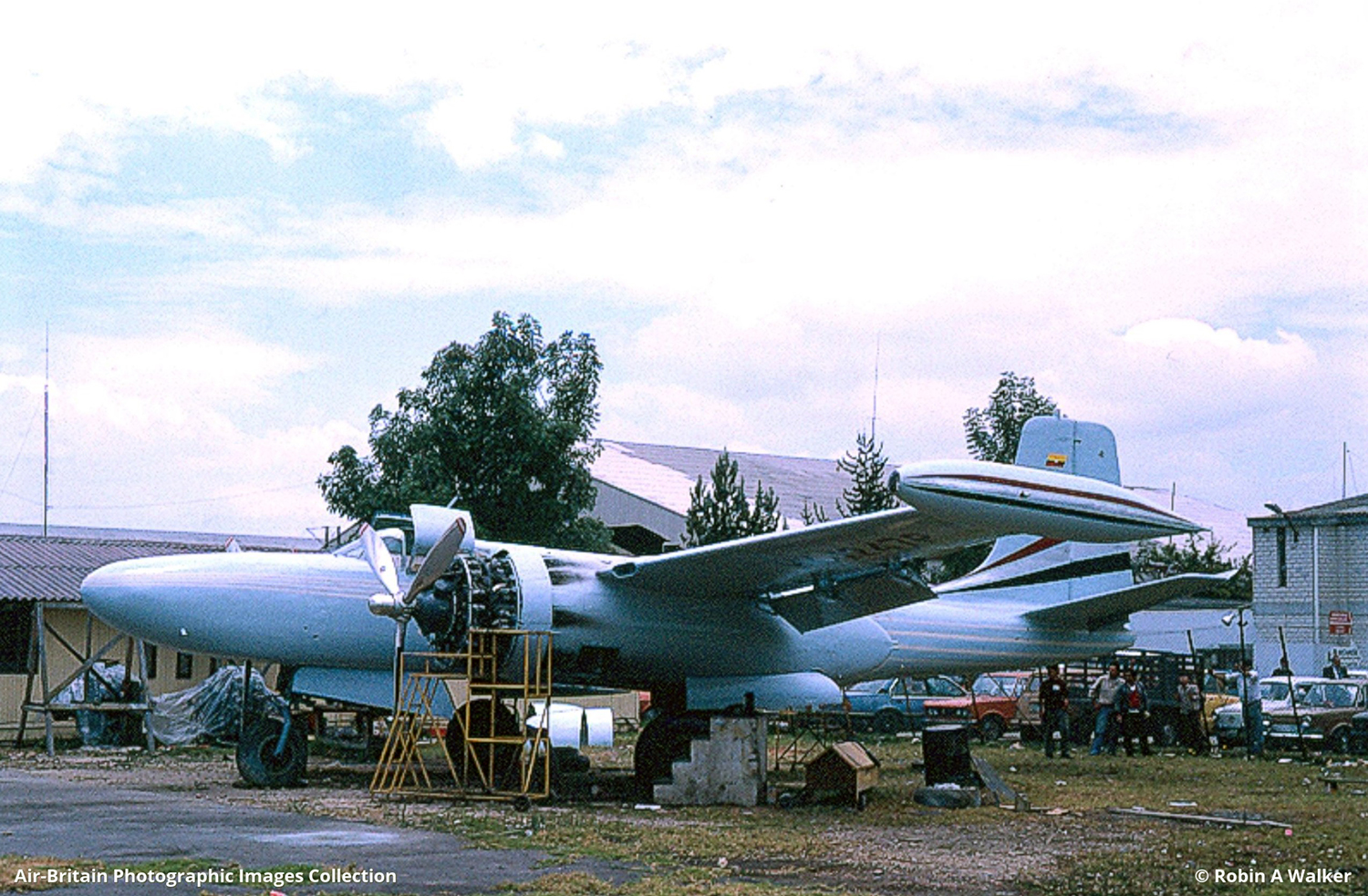Crash of a Britten-Norman BN-2A Islander in Lima: 10 killed
Date & Time:
Mar 10, 1989
Registration:
OB-T-1271
Survivors:
No
Schedule:
Nazca – Lima
MSN:
604
YOM:
1970
Crew on board:
2
Crew fatalities:
Pax on board:
8
Pax fatalities:
Other fatalities:
Total fatalities:
10
Circumstances:
On final approach to Lima-Callao-Jorge Chávez Airport, the twin engine aircraft struck a radio antenna and crashed onto a building located in a residential area, few km short of runway. The aircraft was destroyed and all 10 occupants were killed, among them 8 US citizens returning to Lima following a sightseeing tour in the Nazca region.




